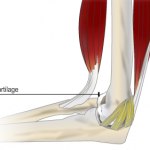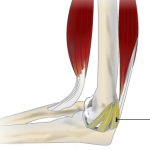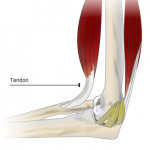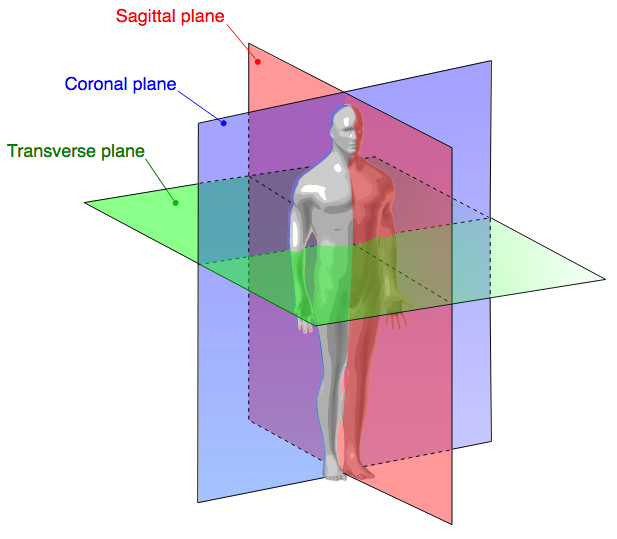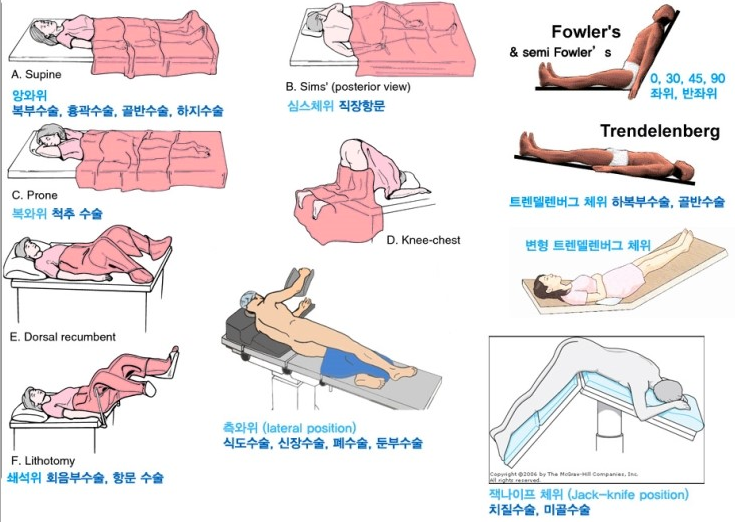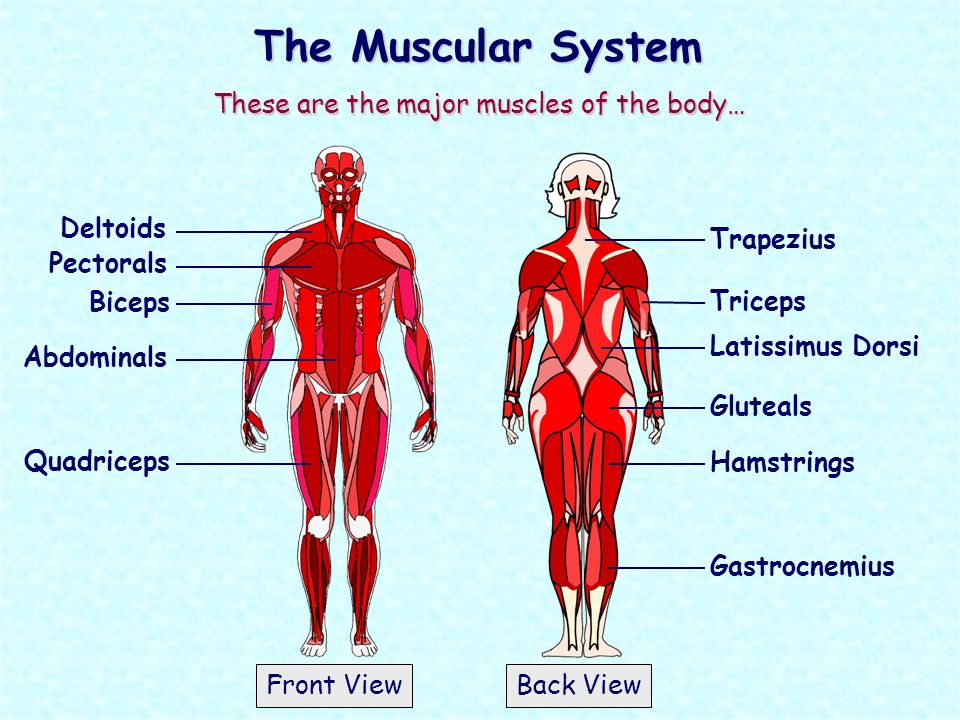Basic concepts & tips of anatomy should be covered in PEBC EE, according to the blue print for EE Physiology/ Functional Anatomy is included and should be revised.
Let’s go – EE anatomy tips:
Body Movements:
- abduction : moving a limb away in the frontal plane from the median plane of the body, spreading the fingers apart.
- adduction : opposite of abduction, movement of a limb toward the body mid-line.
- flexion : Bending of a part of the body i.e (decreases the angle of the joint and brings two bones closer together).
- extension : opposite of flexion; movement in the saggital plane that increases the angle of the joint or distance between two bones or parts of the body.
- dorsiflexion : lifting the foot so the superior surface approaches the shin, standing on the heels, moving upward.
- plantar flexion : pointing the toes.
- Pronation : Turning the hand so that the palm is down.
- Supination : Turning the hand so that the palm is up.
- Proximal: Closer to the point of attachment along the axis.
- Distal: Further from the point of attachment along the axis.
- Lateral view : from the side of the body.
- Medial view : from the middle of body.
- Superior: Up/above along the axis of upright posture (upwards in standard anatomical position). This is also called “Cranial” or sometimes “Cephalic”.
- Inferior: Down/below along the axis of upright posture. This is equivalent to “Caudal”.
- Anterior: towards the belly side. This is also known as “Ventral”
- Posterior: towards the back side. This is also known as “Dorsal”
Illustration By Video
Types of Tissues:
- Epithelial Tissue : Covers body and organ surfaces, lines body cavities, and form glands. Involved with protection, absorption, excretion, secretion, diffusion and filtration.
- Connective Tissue : binds , supports and protects body parts & stores energy and minerals.
- Muscle Tissue : Skeletal, cardiac and smooth muscle tissues. (Movement Functions)
- Nervous Tissue : Transmits nerve impulses and co-ordinates body activities.
Tendon vs Ligament vs Cartilage :
- Tendons attach the muscles to bones.
- Ligaments connect bones to bones at the joint.
- Cartilage is a substance which covers the ends of the bones.
Source: bbc.co.uk
Anatomical planes : 
Coronal Plane (Frontal Plane) : A vertical plane running from side to side, it divides the body or any of its parts into anterior and posterior portions.
Sagittal Plane (Lateral Plane) : A vertical plane running from front to back, it divides the body or any of its parts into right and left sides.
Axial Plane (Transverse Plane) : A horizontal plane; divides the body or any of its parts into upper and lower parts.
Median plane : Sagittal plane through the midline of the body, it divides the body or any of its parts into right and left halves.
Body Positions :
Covered before but I’m going to explain 2 important positions :
Fowler’s position : Categorized high, semi & low Fowler’s position based on sitting angle. it is seated position with back support ( Remember it by hospital bed and you control it by angle).
Trendelenburg position : Head is lowered and feet are elevated.
Body Joints:
Joint Name | Bones of the Joint | Type of Movement |
| Shoulder | Humerus, scapula and clavicle | Flexion, extension, horizontal flexion, horizontal extension, abduction, adduction, rotation, circumduction, elevation, depression, protraction and retraction |
| Elbow | Humerus, radius and ulna | Flexion and extension |
| Wrist | Radius, ulna and carpals | Flexion, extension, abduction, adduction and circumduction |
| Sacroiliac | Sacrum and ilium | Very limited range due to strong ligaments |
| Hip (ball and socket synovial joint) | Femur and pelvis | Flexion, extension, horizontal flexion, horizontal extension, abduction, adduction, rotation and circumduction |
| Knee | Femur, patella, tibia and fibula | Flexion and Extension |
| Ankle | Tibia, fibula and tarsals | Plantar flexion, dorsiflexion, inversion, eversion, supination and pronation
|
Major Muscle Groups:
You have to know the location of each muscle & direction either posterior or anterior.
Tips to be continues with quizzes!

